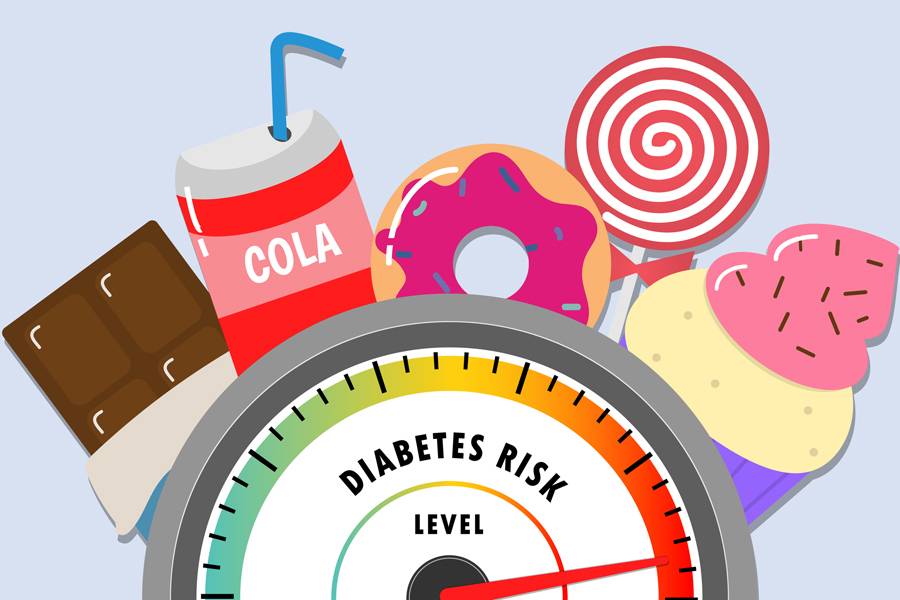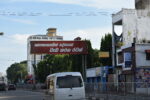FOOD URBANIZATION IN SRI LANKA

The importance of a sustainable diet – one that is nutritionally adequate, affordable, and has a low environmental impact is vital for everyone. Such a diet can assist in overcoming diet-related health and environmental issues for future generations.
Like other countries of the developing world, Sri Lanka too is witnessing a shift in gears when it comes to dietary choices. Previously it had been a land that boasted its rich food heritage. But as the world has shrunk to a global village, no one can deny the effects it has had on dietary choices as well.
This urbanization of food has opened the Pandora box of various health-related issues, which are no less than a predicament. If not curbed properly, they can seriously wreck the health of youngsters and adults alike. Let us offer you a brief insight into the adverse effects of this new trend. Only then will we be able to think of counter-strategies.



Inclination Towards Fast Food Culture.
In most developing countries, one of the most important factors that point towards a shift in di- etary patterns is urbanization. The access to more white collared jobs in urban environments leads to the perception that food is more than just a necessity. As income rises, people opt for more food variety and better quality making non-staples more important.
Food trends have diversified and shifted gears in the last decade. An average resident of Colombo now has a much wider range of cuisine to choose from with a new restaurant popping on every street. One of the segments experiencing rapid growth is fast food. Fast food novelty outlets are becoming instantly popular with middle-income families as well. The first fast-food chain to open in Sri Lanka was Pizza Hut in 1993. Since then many franchises have opened restaurants and have been accepted with widespread success.
A point of concern for many is the credibility of these franchises in their country of origin. For example, Taco Bell is notorious for its cheap potentially dangerous food. Rather the history of the franchise is full of controversies like false advertisements, overworked customer service agents, and unhealthy fabricated food. Many even attribute Taco Bell to obesity rise in the USA. But in Sri Lanka, Taco Bell is marketing itself as an amicable fast-food chain with hip wall mu- rals and modern interiors. What is seen as a cheap food source in the USA is targeting the higher and middle class in Sri Lanka.
Adverse Effects Of Fast Food On Human Health.
What people choose to put in their tummies is one of the key factors that determine their health. Poor dietary choices are the leading contributors to chronic diseases along with many other fac-
tors that need no mentioning here. Across Sri Lanka, young men and women belonging to differ- ent ethnicities have been found to have unhealthy dietary habits. Good dietary habits contribute to the overall balanced health and well-being of individuals. Likewise, poor dietary habits ham- per growth and cognitive development.

Rise in Diabetes.
Diabetes is fast becoming a global threat to good health, and Sri Lanka is no different. According to statistics released by the International Diabetes Foundation (IDF), the presence of diabetes in Sri Lankan adults is 8.5%. Presently there is one in 12 adults suffering from diabetes which totals around 2 million.
The rapid pace in globalization and urbanization has changed people’s dietary patterns, both qualitatively and quantitatively. The harmful effects of this transition have further been aggravat- ed by sedentary lifestyles. In this new transition, people are now more inclined towards high en- ergy-dense food ( food with minimal water content, rich in trans fats, saturated fats, sugar, and salt). Rather they should have stuck to their previous healthy version i.e. low energy-dense food ( food rich in water and fibers with little fat content).
Sugar content is the driving force behind diabetes though its adequate quantity is vital to keep us moving but its excess has negative impacts. Unluckily when people consume food from outside, this sugar content doubles more than required.
Child Malnourishment In Sri Lanka.
Though Sri Lanka has witnessed a dip in poverty, poor nutrition rates prevail. The problem of malnutrition remains a chronic challenge that calls for urgent action. Under nutrition is not an economic problem, and we should see it more as a behavioural and cultural problem. It is due to the absence of key nutrition programs. New mothers are mostly ignorant or unsure about the im- portance of complementary foods (eggs, fish, and meat). They are also influenced by traditional beliefs which are mostly wrong. For example, generation of phlegm due to eggs intake, or asso- ciating milk with skin rashes and other allergy symptoms.
To curb malnutrition in children, it is vital to improve the effectiveness of programs for children and women during their pregnancies. Not just the launching of more programs, but also strict vigilance for implementation of such initiatives. The relevant stakeholders need to encourage new methods of nutrition to achieve their targets.
Takeaway.
To lead a healthy life, it is important to shift to low energy-dense foods; prime examples of them are vegetables, fruits, pulses, grains, skinless meat ( lean meat ), low-fat dairy products, and whole-grain foods. Also, try keeping the sugar intake low. But there should be at least five serv-
ings of fresh fruits and vegetables a day. You might well see, how natural this diet is going to be – with zero preservatives.
In addition to a healthy diet, adults and children alike should be tempted to spend healthy time outdoor. This is to counter the effects of screen time. Prolong hours in front of a screen leads to a sedentary lifestyle, which is equally dangerous for children and adults. More so for the latter category, as it paves way for other chronic diseases besides diabetes. Stroke, myocardial infarction, heart failure, eye disease, nerve damage, kidney failure, and oral issues are just some of the devastating conditions that can happen due to an unbalanced high-energy calorie-rich diet.







